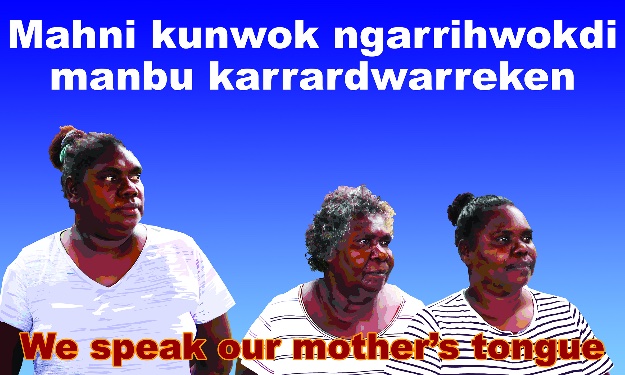Japanese giggle words
Japanese giggle words
Daniel Morales has a fun article in Japan Times (7/2/21): "‘PPAP,’ ‘golden jewels’ and other words that make the Japanese giggle". It begins:
Unintentional comedy is actually relatively easy to pull off. All you have to do is trip and fall.
Intentionally getting a laugh, on the other hand, takes practice. Especially in a second language. What’s funny in Japan may be different from what’s funny in other countries, but one common thread is that humor can be found in the way you wield the language — any language — not just ドタバタ喜劇 (dotabata kigeki, slapstick).
Knowing the funny words, so to speak, can give students of Japanese a leg up and, fortunately for us, in 2019 the online comedy site オモコロ (Omocoro) conducted an extremely “scientific” survey of 356 Japanese-speaking individuals on the internet to determine the funniest Japanese words. What it found suggests that there are certain patterns that make some words funnier than others in Japanese.
Read the rest of this entry »



